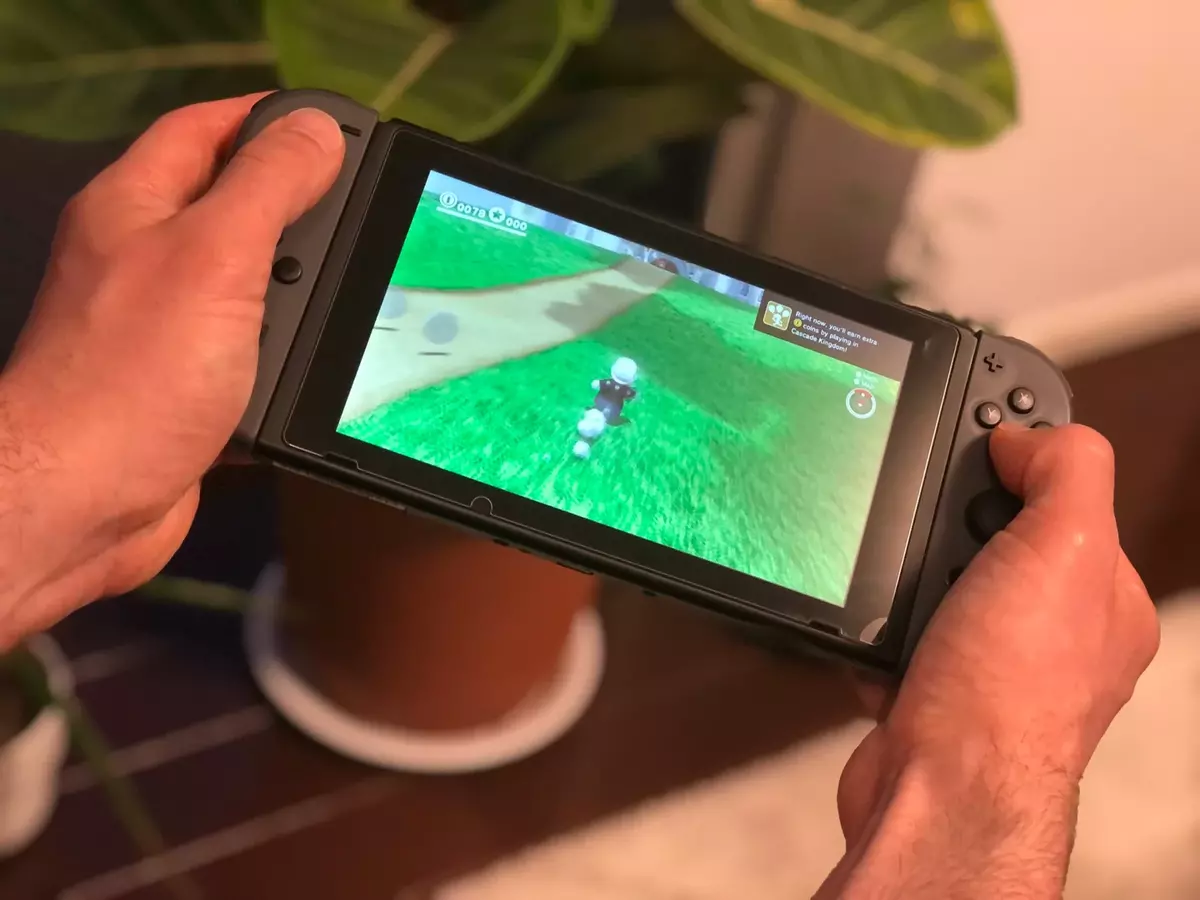In case you have a Nintendo Switch you may wonder if it’s possible to enhance its performance. Gaming consoles and computers may use overclock to free all the available power of the console. It’s normal for developers to restrict some of the capabilities of a console and you may want to overclock your Nintendo Switch.
There are certain pros and cons when doing overclock on Nintendo Switch or in any other device. However, you may choose to overclock or not considering all the possible scenarios. In this article we explore what overclocking a Nintendo Switch may give you in terms of user experience.

Is worth to do overclock with a Nintendo Switch?
The quick answer would be yes. The benefits you get are far more interesting that the only downside. Because yes, there is a downside with overclocking. In order to do overclock with a Nintendo Switch you need to find your specific model and a tutorial online. This guide is for general guidelines to overclock or not your gaming console, because each device has it’s own perks.
The console’s processor is much more limited that the users tends to know and there is a reason for these limiters. However, it’s important to note that overclocking may enhance your Switch’s performance by up to 75%.
This is a very significant different and you will really notice it when running your games. Certain games and apps that demand lots of processing power run smoother because the processing power increases up to 20%.
For example, if you play games like Zelda they will run in 30 FPS instead of the normal 20 FPS. The processor goes from 1020MHz to 1785MHz and the graphics unit from 768MHz to 921MHz. This generates an average performance boost that reaches almost 40%.
The downside of overclock in Nintendo Switch
One might think that temperature is the downside for such an acceleration and improvement in the gaming console power but no. It will be affected by a few degrees but it’s still within safe operating limit. The only precaution is not play under extreme heat conditions such as direct sunlight on the beach in summer.
The overclocking downside in Nintendo Switch is the battery. It’s natural, not only there’s an increase in the temperature but also a higher frequency of the processor and graphic unit. This requires more power and reduced battery life time.
It’s near 30% less battery life for you console. A significant number if you plan to use the console as a portable device on a trip or by the pool. In case you won’t have problems with charging the battery sooner, you should go for the overclocking right now.
The Nintendo Switch gaming console is one that really benefits from overclock. You experience performance gain and the only drawback is pretty manageable. Each user knows if they can make the most out of the console by overclocking when considering benefits and drawback.
On the other hand, we only have to wait for new Nintendo Switch version. Maybe the new console will reach the same performance capabilities with a higher battery life expectancy. The battery may be the only reason why the Nintendo Switch model was capped to begin with.

